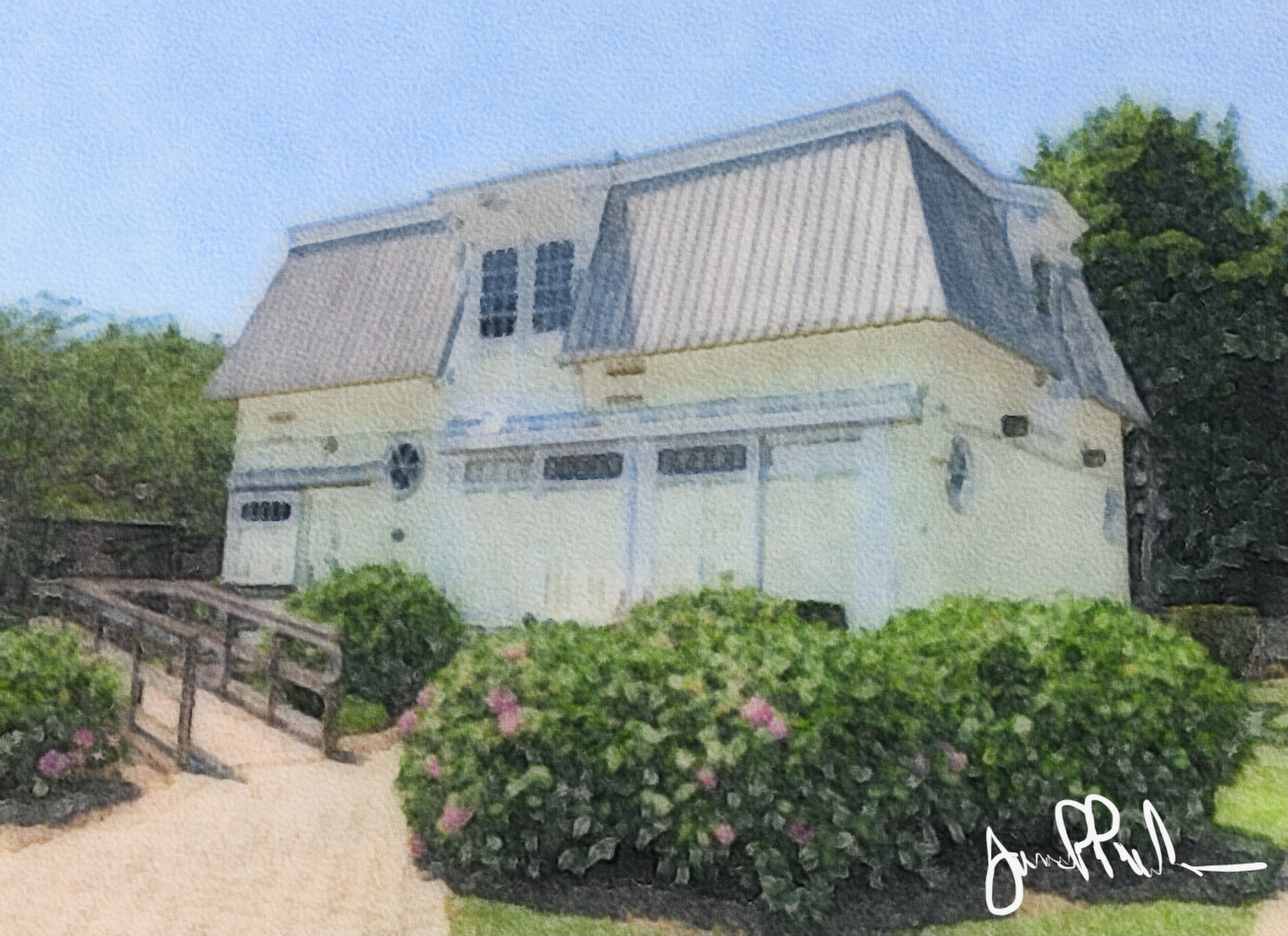
Join us on Saturday, May 24, 2025, from 10:00 AM to 2:00 PM for the seasonal opening of the Yellow Barn. Come browse the shelves, discover hidden gems, and enjoy this special community space. All items are gently loved and ready for a new home.
The Yellow Barn will be open Mondays, Wednesdays, and Fridays from 10:00 AM to 2:00 PM—perfect for a mid-morning book browsing break. Every purchase supports the library and helps us continue offering meaningful services and programs.
Come stock up, support the library, and enjoy the charm of the Yellow Barn. We can’t wait to see you there!
The barn was originally the Perkins’ Family Carriage House built circa 1873. It was given landmark status by the Town of Riverhead in 2017. The Perkins House is part of the founding history of Riverhead Town.
John Perkins came to America in about 1828. He met his wife Marion and bought the mill at Upper Mills from the Albertson’s and settled in Riverhead. He operated a woolen and fulling mill, manufacturing wool goods and stocking yarns with a specialty in waterproof fabric. John Perkins died in 1866 and his sons, John R. and J. Henry took over his business. J. Henry managed the family’s store and John R. managed the factory. In 1888, J. Henry Perkins started a hydro-electric project, converting waterpower from the Peconic River to electrical energy to provide lights for his neighbors. The Perkins Family also had owned a button factory as well as a chocolate factory.
In 1929, The Riverhead Hotel Association opened the Hotel Henry Perkins to honor J. Henry Perkins and in that same year, construction of the Suffolk County Historical Society building began. Both the Suffolk County Historical Society and The Riverhead Free Library properties were gifts from the Perkins Family.
Today, the Yellow Barn is home to the Riverhead Free Library’s gently used bookshop—a cozy, welcoming space where you can browse for treasures and support your library at the same time.
